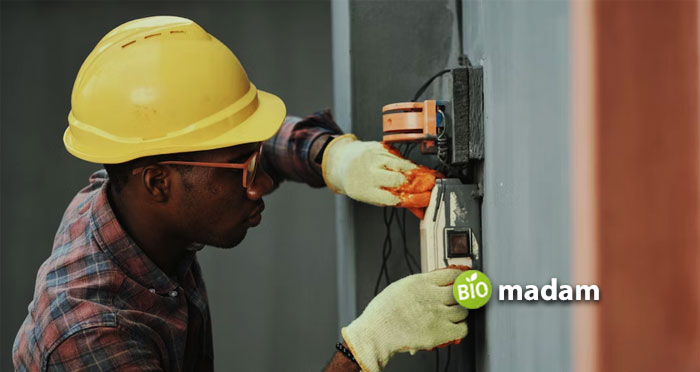The healthcare sector is an essential component of our society, and ensuring the safety of staff, patients, and visitors is a top priority. Efforts must be put in place to enhance the overall safety of healthcare facilities, which can contribute to better patient outcomes and an optimal working environment for healthcare professionals. In this article, we will discuss four crucial areas for improving safety in the healthcare sector.
Implement Advanced Healthcare Security Systems
One of the most critical aspects of any healthcare facility’s safety is its security system. A robust and efficient healthcare security system should be implemented to prevent unauthorized access, monitor potential safety hazards, and deter criminal activities. This includes installing access control systems, video security cameras, and alarm systems to monitor and protect the facility 24/7.
Incorporating advanced security technologies, such as integrating artificial intelligence (AI) and the Internet of Things (IoT) into the security system, can improve efficiency and enhance safety measures. AI-driven analytics can detect unusual activities or security breaches, while IoT devices can help automate safety protocols and monitor environmental conditions in real time.
Moreover, regular security audits, system updates, and employee training are necessary to ensure the healthcare security system stays up to date and effective in safeguarding the facility and everyone within its premises.
Promote a Strong Culture of Safety

Creating an environment that prioritizes safety in the healthcare sector involves fostering a safety culture that values the well-being of all individuals. By promoting open communication and transparent reporting of safety incidents, learning opportunities can arise that will help prevent future accidents or errors from occurring.
Healthcare organizations need to provide education and training on various safety measures, procedures, and protocols relevant to their specific roles. This will empower staff to take responsibility for their actions and engage proactively in ensuring the safety of patients and colleagues alike.
In addition, recognizing and rewarding employees for their efforts in maintaining safety, and involving staff in decision-making processes can boost morale, increase staff retention, and contribute to the overall culture of safety.
Optimize Facility Layout and Design
The physical design and layout of healthcare facilities directly impact the safety of patients, staff, and visitors. Optimizing the layout through thoughtful design can improve workflow efficiency, minimize risks, and create an environment conducive to positive health outcomes.
Safe healthcare facility designs should prioritize the strategic placement of medical equipment, adequate lighting, proper ventilation, and ergonomic workstations for healthcare professionals to minimize the risk of accidents, infections, and fatigue. Patient rooms should also be designed for ease of access and configured to facilitate patient-centered care.
Furthermore, attention should be paid to emergency preparedness, with clear exit routes, well-marked emergency exits, and evacuation plans in place to ensure rapid and safe evacuations during crisis situations.
Monitor and Manage Environmental Hazards
Environmental hazards in healthcare facilities, such as hazardous materials, infectious waste, and radiation, pose significant threats to the safety of patients, staff, and visitors. It is vital to monitor and manage these hazards properly to prevent accidents and maintain a safe environment.
Healthcare facilities need to have detailed protocols in place for handling hazardous materials and infectious waste, as well as proper storage and disposal procedures to minimize the risk of mishaps. For radiation protection, appropriate shielding and monitoring devices should be used, and staff must be trained in radiation safety practices.

Regular inspections and maintenance of medical equipment, as well as timely updates to safety procedures, are essential to ensure that any potential environmental hazards are identified and managed effectively.
Overall, enhancing safety in the healthcare sector requires a comprehensive approach that encompasses advanced security systems, a strong safety culture, thoughtful facility design, and effective management of environmental hazards. With these measures in place, healthcare facilities can provide a secure and supportive environment for patients, staff, and visitors alike.

Hi, they call me Jenna, and I am also known for achieving a gold medal during my Ph.D. in science life. I always had a dream to educate people through my utmost writing hobby. So, I chose this blogging path, and Biomadam gave me this opportunity to present for them. I now stand to entertain you. Continue reading my articles & discuss if you’ve any confusion through the comment section below.

